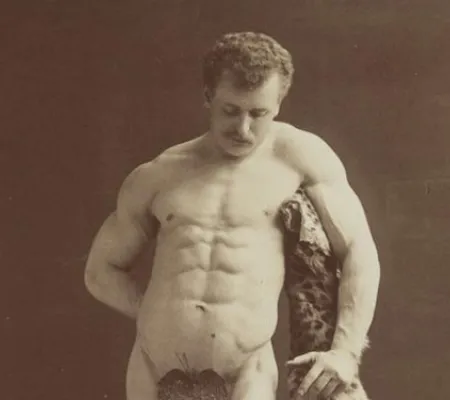Often when we think about the transitioning of Greek and Roman artifacts to ‘classical art’ status, we think about the Renaissance when sculptures such as the Laocoon were unearthed in Rome, or the eighteenth century when they became part of the furniture in the English country house and were intensively studied by Caylus and Winckelmann. Today, Vout wants to move us a step further to ask what happens in the nineteenth century, a fast-moving, technologically charged world in which antiquity was available to more people than ever before in exhibitions, fairs, and cheaper print media. What were the losses and what were the gains? ‘Neoclassicism’ is a mid to late nineteenth-century term, used retrospectively and derogatively. Yet the 19th-century also turns Winckelmann’s chronology into ‘Altertumswissenschaft’ or ‘Classical Studies’ – our university discipline.
Dr. Caroline Vout is a Reader in Classics at the University of Cambridge and Fellow of Christ’s College, Cambridge. She is a historian and art historian who publishes on a wide range of topics related to Roman cultural history, Greek and Roman art history and its reception, and Latin literature. Her books include Power and Eroticism in Imperial Rome (2007) and The Hills of Rome: Signature of an Eternal City (2012), both Cambridge University Press, and Sex on Show: Seeing the Erotic in Greece and Rome (2013), The British Museum Press and University of California Press, and her exhibitions, Antinous: The Face of the Antique (Henry Moore Institute, 2006) and Following Hercules: The Story of Classical Art (The Fitzwilliam Museum, Cambridge, 2016). Recent speaking engagements include the Jaipur Literature Festival. Her latest monograph, Classical Art: A Life History from Antiquity to the Present, will be published by Princeton University Press in 2018.


